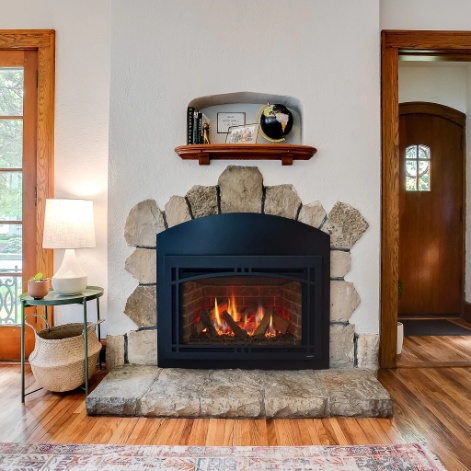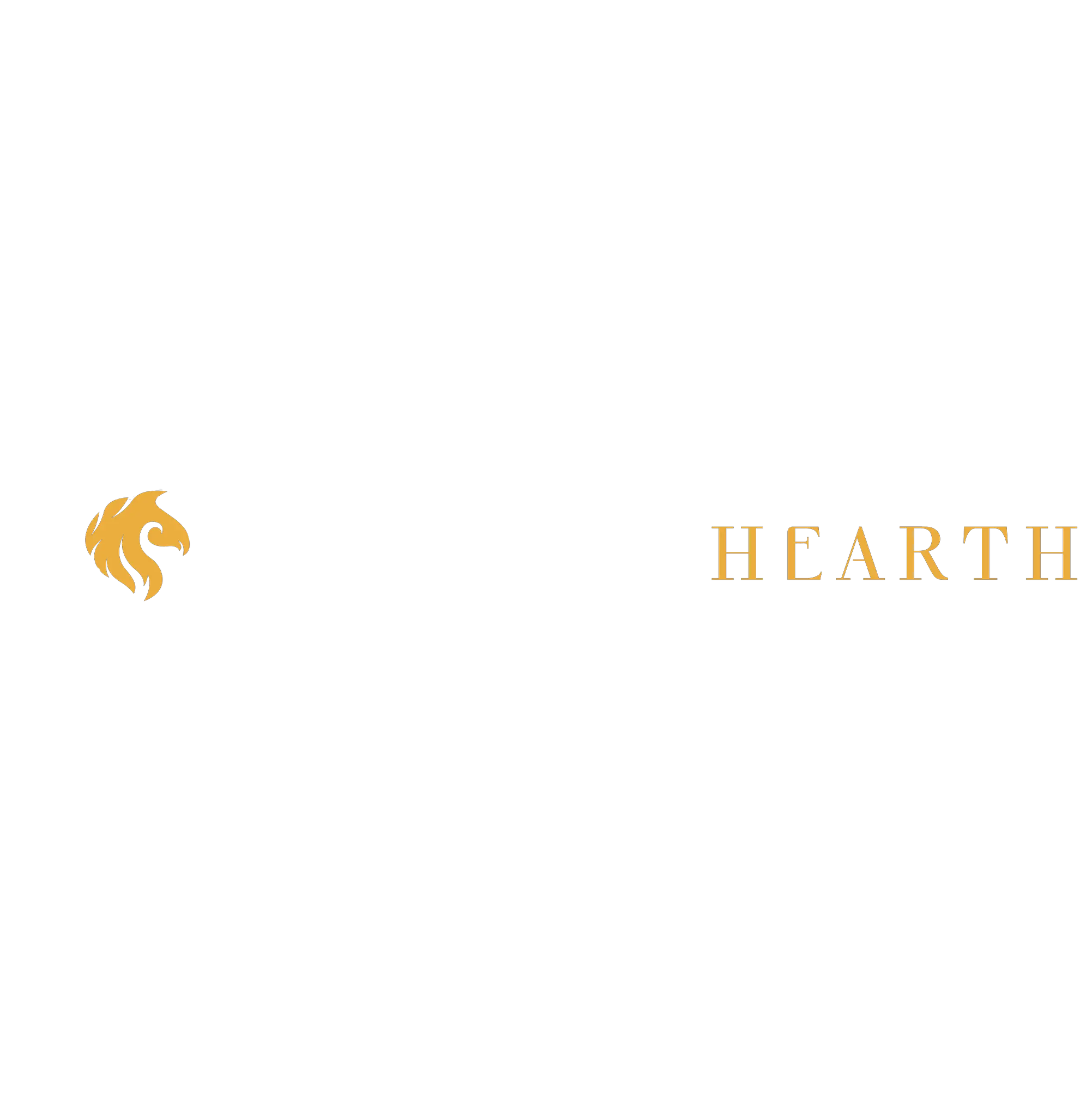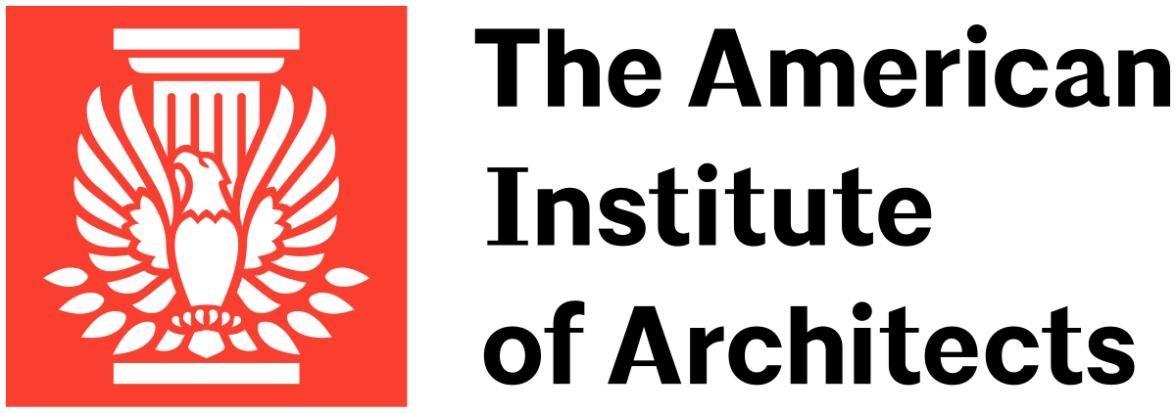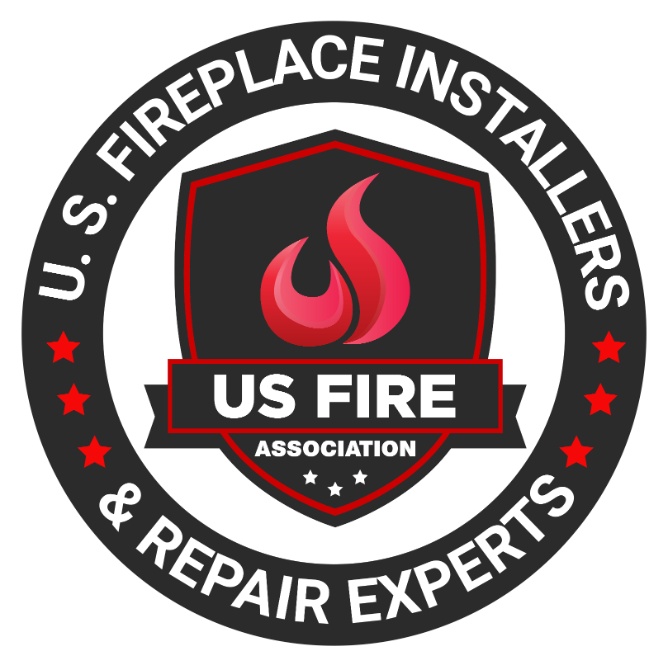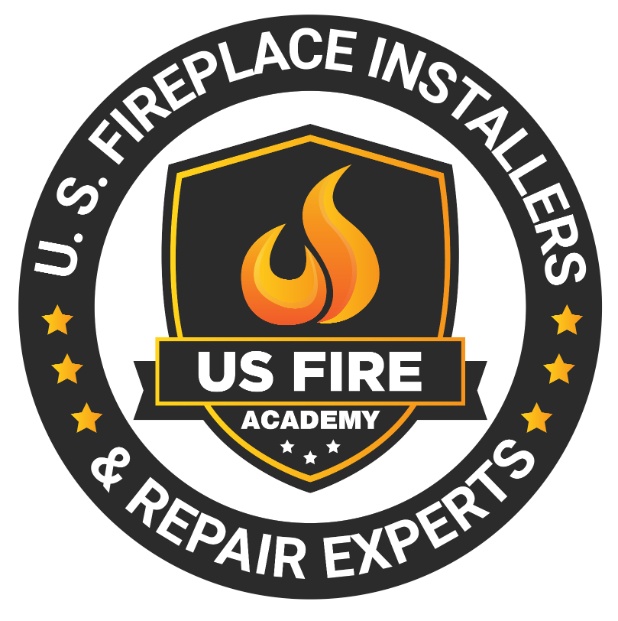Manufacturer Products
- Advanced Architectural Grilleworks
- Amantii Fireplaces
- American Fyre Designs
- Ashley Hearth Products
- Blaze King
- Breeo Firepits
- Buck Stove Fireplaces
- David Kimberly Door Company
- DaVinci Custom Fireplaces
- Dimplex
- Drolet
- DuraVent
- Ecosmart Fire
- Eiklor Flames
- Element4
- Empire Comfort Systems
- Enervex
- Englander Stove
- Enviro Fireplaces
- European Home
- EverWarm Gas Logs
- Fire Garden
- Firegear Outdoors
- FireMagic
- Fireplace Xtrordinair
- FireRock Building Materials
- Fire Sense
- Flamerite Fires
- Flare Fireplaces
- Focus Fireplaces
- Forshaw Mantels
- Grand Canyon Gas Logs
- Harman Stoves
- Hearth & Home Technologies
- Heat & Glo
- HeatFast
- Heatilator
- Heatmaster Fireplaces
- Holly & Martin Fireplaces
- HPC Fire
- Instone
- IntelliFire Ignition System
- JC Bordelet
- Jotul
- Kingsman Fireplaces
- Leenders
- Lexington Hearth Mantels
- Litedeer Homes
- Lopi Stoves
- Malm Fireplaces
- Modern Flames Fireplaces
- Monessen Fireplaces
- Montigo Fireplaces
- Napoleon Fireplaces
- NetZero Fire
- Opti-Myst
- Ortal Fireplaces
- Osburn Fireplaces
- Outdoor Greatroom Company
- Outdoor Lifestyles Fireplaces
- Pearl Mantels
- Peterson Log Sets
- Planika USA
- Quadra-Fire
- Regency Fireplace Products
- Remii Fireplaces
- Renaissance Cooking Systems
- Sierra Flame Fireplaces
- SimpliFire
- SÓLAS Contemporary Fire
- Spartherm
- Stellar Fireplaces
- Stoll Industries
- Stuv America
- Superior Fireplaces
- Swiss Fire Cube
- The Bio Flame
- Travis Industries
- US Stove
- Valcourt
- Valor Fireplaces
- Ventis Fireplaces
- Vermont Castings
- Vogelzang Products
- White Mountain Hearth
- Advanced Architectural Grilleworks
- Amantii Fireplaces
- American Fyre Designs
- Ashley Hearth Products
- Blaze King
- Breeo Firepits
- Buck Stove Fireplaces
- David Kimberly Door Company
- DaVinci Custom Fireplaces
- Dimplex
- Drolet
- DuraVent
- Ecosmart Fire
- Eiklor Flames
- Element4
- Empire Comfort Systems
- Enervex
- Englander Stove
- Enviro Fireplaces
- European Home
- EverWarm Gas Logs
- Fire Garden
- Firegear Outdoors
- FireMagic
- Fireplace Xtrordinair
- FireRock Building Materials
- Fire Sense
- Flamerite Fires
- Flare Fireplaces
- Focus Fireplaces
- Forshaw Mantels
- Grand Canyon Gas Logs
- Harman Stoves
- Hearth & Home Technologies
- Heat & Glo
- HeatFast
- Heatilator
- Heatmaster Fireplaces
- Holly & Martin Fireplaces
- HPC Fire
- Instone
- IntelliFire Ignition System
- JC Bordelet
- Jotul
- Kingsman Fireplaces
- Leenders
- Lexington Hearth Mantels
- Litedeer Homes
- Lopi Stoves
- Malm Fireplaces
- Modern Flames Fireplaces
- Monessen Fireplaces
- Montigo Fireplaces
- Napoleon Fireplaces
- NetZero Fire
- Opti-Myst
- Ortal Fireplaces
- Osburn Fireplaces
- Outdoor Greatroom Company
- Outdoor Lifestyles Fireplaces
- Pearl Mantels
- Peterson Log Sets
- Planika USA
- Quadra-Fire
- Regency Fireplace Products
- Remii Fireplaces
- Renaissance Cooking Systems
- Sierra Flame Fireplaces
- SimpliFire
- SÓLAS Contemporary Fire
- Spartherm
- Stellar Fireplaces
- Stoll Industries
- Stuv America
- Superior Fireplaces
- Swiss Fire Cube
- The Bio Flame
- Travis Industries
- US Stove
- Valcourt
- Valor Fireplaces
- Ventis Fireplaces
- Vermont Castings
- Vogelzang Products
- White Mountain Hearth
Swiss Fire Cube
History of the Company

Swiss Fire Cube, a brand under Ganz Baukeramik AG, emerged as a leader in creating innovative and trendy fireplace solutions for both indoor and outdoor spaces.
Established in Switzerland, Swiss Fire Cube embodies the essence of local craftsmanship, combining modern design with traditional manufacturing techniques.
The company offers a variety of fireplace models that cater to contemporary living environments, ensuring each piece is both functional and aesthetically pleasing.
From its inception, Swiss Fire Cube focused on producing high-quality, customizable fireplaces that fit seamlessly into any living space.
Their commitment to excellence is evident in the meticulous design and construction of each product, which often features clean lines, advanced combustion technology, and high-grade materials.
Swiss Fire Cube’s product range includes versatile options such as the UKA and ECKA series, known for their minimalist designs and panoramic flame views.
These fireplaces not only enhance the ambiance of any room but also offer efficient heating solutions.
The company prides itself on offering personalized design services, allowing customers to tailor their fireplaces to suit specific tastes and requirements.
Swiss Fire Cube continues to innovate, integrating modern technology and sustainable practices into its manufacturing process.
This dedication to quality and innovation has established them as a trusted name in the fireplace industry, appealing to homeowners and designers alike who seek elegant and efficient heating solutions.
Mission and Values
Swiss Fire Cube aims to redefine modern living spaces by blending innovative design with superior craftsmanship.
Their mission is to create high-quality fireplaces that not only provide warmth but also enhance the aesthetic appeal of any environment.
They strive to offer products that are both functional and visually striking, ensuring each fireplace becomes a centerpiece in homes and outdoor areas.
Swiss Fire Cube values innovation, quality, and customer satisfaction.
They continuously explore new designs and technologies to keep their products at the forefront of the industry.
Their commitment to quality is evident in their meticulous attention to detail and the use of premium materials.
Each fireplace undergoes rigorous testing to ensure it meets the highest standards of safety and performance.
Customer satisfaction is at the core of Swiss Fire Cube’s values.
They believe in providing personalized service, tailoring each fireplace to meet the unique needs and preferences of their clients.
This customer-centric approach ensures that every product is not only a functional heating solution but also a work of art that reflects the individual style of the homeowner.
Sustainability is another key value for Swiss Fire Cube.
They are dedicated to implementing eco-friendly practices in their manufacturing process, reducing their environmental footprint while producing efficient and clean-burning fireplaces.
By prioritizing sustainability, they aim to contribute positively to the environment and promote a greener future.
In summary, Swiss Fire Cube’s mission and values revolve around innovation, quality, customer satisfaction, and sustainability, making it a leader in the fireplace industry.
Overview of Products
Swiss Fire Cube offers a diverse range of fireplaces designed to suit various indoor and outdoor settings.
Their product line includes models that prioritize both functionality and aesthetic appeal, ensuring that each fireplace becomes a centerpiece in any space.
For indoor use, Swiss Fire Cube provides sleek and modern fireplaces like the UKA and ECKA series.
The UKA models feature minimalist designs with large viewing windows, allowing for a panoramic view of the flames.
These fireplaces integrate seamlessly into contemporary living spaces, providing efficient heating and a stylish focal point.
The ECKA series offers corner fireplace solutions, perfect for optimizing space and adding a unique touch to any room.
These models also boast clean lines and high-quality materials, ensuring durability and an elegant look.
For outdoor settings, Swiss Fire Cube presents the Garden line, which includes versatile fire pits and grill sculptures.
These products are designed to complement modern garden architecture and urban terraces, providing both warmth and a sophisticated ambiance for outdoor gatherings.
Swiss Fire Cube also offers exclusive, custom-made models that cater to individual preferences.
These bespoke fireplaces allow customers to choose specific design elements, materials, and finishes, ensuring a perfect fit for their unique spaces.
Each Swiss Fire Cube product incorporates advanced combustion technology for efficient and clean burning.
The company’s commitment to quality craftsmanship and innovative design makes its fireplaces a top choice for homeowners and designers seeking both functionality and style.
Manufacturing Process
Swiss Fire Cube prides itself on a meticulous manufacturing process that ensures the highest quality and innovation.
The process begins with careful design and planning, where expert designers craft each model with a focus on modern aesthetics and functionality.
Once the design is finalized, Swiss Fire Cube uses high-quality materials to construct their fireplaces.
They source premium metals, glass, and other materials to ensure durability and performance.
Skilled craftsmen in their Swiss facility handle the production, combining traditional craftsmanship with modern technology.
Cutting-edge machinery shapes and assembles the components, ensuring precision and consistency in every product.
The assembly process involves rigorous quality control checks at each stage to maintain the highest standards of construction.
Swiss Fire Cube integrates advanced combustion technology into their fireplaces to enhance efficiency and environmental performance.
This technology ensures cleaner burning and optimal heat output, aligning with the company’s commitment to sustainability.
Each fireplace undergoes thorough testing before it leaves the factory.
These tests ensure that the products meet safety standards and perform reliably under various conditions.
The final inspection includes a detailed review of aesthetics and functionality, guaranteeing that each fireplace not only works well but also looks stunning.
Throughout the manufacturing process, Swiss Fire Cube emphasizes customization.
They offer bespoke design options, allowing customers to personalize their fireplaces to match their specific tastes and requirements.
This blend of quality craftsmanship, advanced technology, and customer-focused design sets Swiss Fire Cube apart in the fireplace industry.
Advantages of Swiss Fire Cube
Swiss Fire Cube offers several advantages that make their fireplaces a top choice for homeowners and designers alike.
Their commitment to quality craftsmanship ensures that each fireplace is built to last, using premium materials that provide durability and longevity.
This attention to detail means that customers receive a product that not only functions efficiently but also retains its aesthetic appeal over time.
One of the standout advantages of Swiss Fire Cube fireplaces is their innovative design.
Each model features clean lines, minimalist aesthetics, and large viewing windows that showcase the beauty of the flames.
This modern design approach allows the fireplaces to seamlessly integrate into contemporary living spaces, adding a touch of elegance and sophistication.
Swiss Fire Cube fireplaces also incorporate advanced combustion technology, which enhances efficiency and environmental performance.
This technology ensures cleaner burning, reducing emissions and maximizing heat output.
As a result, users enjoy a warm and cozy atmosphere while also contributing to a greener environment.
Customization is another significant advantage offered by Swiss Fire Cube.
They provide bespoke design options, allowing customers to personalize their fireplaces to match their specific tastes and requirements.
This level of customization ensures that each fireplace fits perfectly into the intended space, meeting the unique needs of each customer.
Additionally, Swiss Fire Cube is dedicated to sustainability.
Their manufacturing process includes eco-friendly practices, and their fireplaces are designed to be energy-efficient.
This commitment to sustainability ensures that customers receive a high-quality product that aligns with environmentally responsible values.
In summary, the advantages of Swiss Fire Cube fireplaces include superior craftsmanship, innovative design, advanced combustion technology, customization options, and a strong commitment to sustainability.
These features make Swiss Fire Cube a leader in the fireplace industry.
Considerations for Buyers
When considering a Swiss Fire Cube fireplace, buyers should evaluate several key factors to ensure they choose the best model for their needs.
First, consider the space where the fireplace will be installed.
Swiss Fire Cube offers a variety of models, including indoor, outdoor, and corner fireplaces, each designed to fit different spaces and layouts.
Next, think about the style and design.
Swiss Fire Cube fireplaces are known for their sleek, modern aesthetics with large viewing windows and minimalist lines.
Select a model that complements your home’s interior design and enhances the overall ambiance.
Efficiency and environmental impact are crucial considerations.
Swiss Fire Cube fireplaces use advanced combustion technology, ensuring clean burning and high heat output.
This makes them an excellent choice for those who prioritize energy efficiency and sustainability.
Customization options are another significant aspect.
Swiss Fire Cube allows buyers to personalize their fireplaces with bespoke designs, materials, and finishes.
This ensures that the fireplace not only meets functional requirements but also aligns with personal style preferences.
Installation and maintenance should also be considered.
Swiss Fire Cube fireplaces are designed for easy installation and use high-quality materials that require minimal maintenance.
Ensure that you have professional installation to guarantee safety and optimal performance.
Budget is an essential factor.
While Swiss Fire Cube fireplaces offer premium quality and design, it’s important to choose a model that fits within your budget while still meeting your needs and preferences.
In summary, when buying a Swiss Fire Cube fireplace, consider the space, design, efficiency, customization options, installation, maintenance, and budget to ensure you select the perfect fireplace for your home.
Frequently Asked Questions
General Information About Swiss Fire Cube
General Information
Q: What is Swiss Fire Cube?
A: Swiss Fire Cube is a leading company known for its innovative fireplace designs. They specialize in creating both indoor and outdoor fireplaces that combine modern aesthetics with advanced functionality. Their high-quality craftsmanship and strong commitment to sustainability characterize their products.
Q: Where are Swiss Fire Cube fireplaces made?
A: Artisans in Switzerland meticulously craft Swiss Fire Cube fireplaces. The company emphasizes local production, ensuring that every product meets stringent quality standards and embodies the excellence of Swiss craftsmanship.
Product Range
Q: What types of fireplaces does Swiss Fire Cube offer?
A: Swiss Fire Cube provides a diverse range of fireplaces, including indoor models for living spaces and outdoor designs perfect for gardens and patios. They offer traditional wood-burning fireplaces and modern bioethanol models. Our designers create each fireplace to make a statement, blending seamlessly with contemporary interiors and exteriors.
Q: Can I customize my Swiss Fire Cube fireplace?
A: Yes, Swiss Fire Cube allows extensive customization to match individual preferences and specific design needs. Customers can choose from a variety of materials, finishes, and configurations to create a fireplace that perfectly fits their home or outdoor setting. The company collaborates closely with clients to bring their unique visions to life.
Environmental Considerations
Q: Are Swiss Fire Cube fireplaces eco-friendly?
A: Absolutely. Swiss Fire Cube prioritizes environmental sustainability. Their bioethanol fireplaces use renewable fuel sources, ensuring clean-burning flames without harmful emissions. This eco-friendly approach reflects the company’s dedication to providing sustainable heating solutions that are both stylish and responsible.
Maintenance and Purchase
Q: How do I maintain a Swiss Fire Cube fireplace?
A: Maintenance varies by model. For wood-burning fireplaces, regular cleaning of the chimney and firebox is essential. Bioethanol models require periodic refilling of the fuel tank and occasional burner cleaning. Swiss Fire Cube provides detailed maintenance instructions with each fireplace to ensure optimal performance and longevity.
Q: Where can I buy a Swiss Fire Cube fireplace?
A: Swiss Fire Cube fireplaces are available through a network of authorized dealers and selected retailers. Interested buyers can visit the company’s official website for more information and contact details to find a nearby distributor. This ensures that customers receive genuine products along with expert advice and support.
